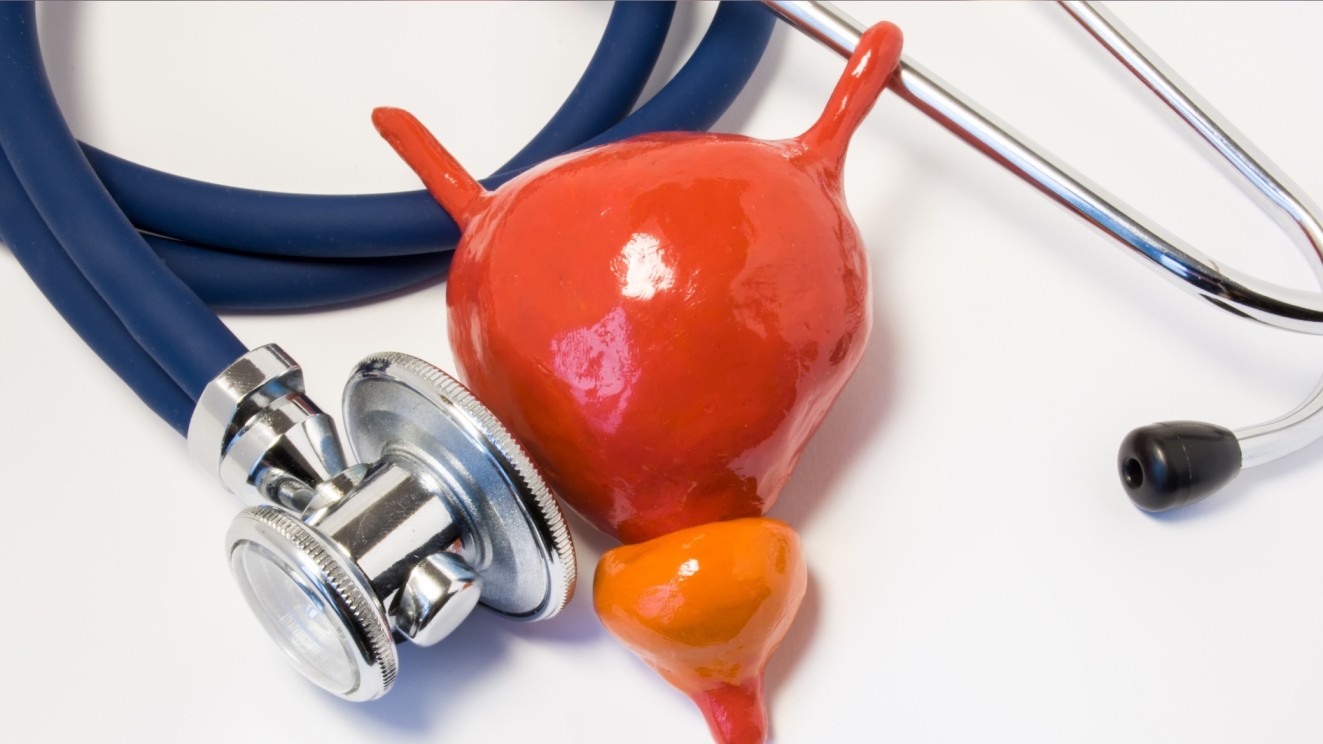Urinary tract infections (UTIs) are considered as the second most common type of bacteria diseases by health care providers (respiratory tract infections are first). UTI is a Disease usually caused by bacteria. The urinary system is composed of the kidneys, ureters, bladder and urethra. The infection could attack any part of the urinary tract.
The urinary tract infection can be divided into two types:
In lower urinary tract infections (cystitis and urethritis), the infecting pathogens tend to replicate in the urine and cause irritative symptoms. While Upper urinary tract infections (pyelonephritis) tend to invade the tissues of the kidney pelvis, inciting an acute inflammatory response with systemic manifestations of infection. Because of their ability of causing renal damage, upper UTIs are considered more severe than lower UTIs.
Most upper and lower UTIs are caused by bacteria Escherichia coli and other common pathogens include Staphylococcus saprophyticus, Proteus mirabilis, Klebsiella pneumonia and Enterococcus species that enter through the urethra and travel to the bladder. And also it could continue to infect the kidneys that will cause pyelonephritis.
Women are at a higher risk developing UTIs because they have shorter urethras than men that allow easier passage of the bacteria to the bladder.
Although the distal part of the urethra often contains pathogens, the urine formed in the kidneys and found in the bladder normally is bacteria-free. This is due to the washout phenomenon, in which urine from the bladder normally washes bacteria out of the urethra.
There are such factors that increase the possibility of developing UTIs. There is an increased risk of UTI in people with:
Symptoms of UTIs depend on the part of the urinary tract that is infected.
Symptoms of lower UTIs which involve urethra and bladder are characterized by:
The symptoms usually disappear within 48 hours of treatment if there are no complications.
Symptoms of upper UTIs include:
Usually the treatment of UTIs is based on the pathogen causing the infection. Most of the lower UTIs that are generally caused by E. coli, are treated with a course of antibiotic therapy.
A 3-day regimen of trimethoprim-sulfamethoxazole has been used as the first line therapy for decades for treating uncomplicated UTIs.
The most common medication used in uncomplicated UTIs include:
Urinary tract infections with obstructive uropathy or reflux flow of urine are more difficult to treat. Diagnostic tests usually are performed to detect the abnormalities, So that the condition is causing the reflux flow or the obstruction is corrected.
Forcing fluids could also help in relieving the signs and symptoms, and this approach is used as an adjunct to antimicrobial treatment.
Urinary tract infections happen more commonly in women than men, that’s because women have shorter urethra thus it makes it easier for bacteria to get to their bladders. Approximately half of all adult women have at least one UTI during their lifetime.
Pregnant women are at higher risk for UTIs, and that is due to the functional changes of the urinary tract that occur during pregnancy. These changes include the collecting system of the kidneys and involve dilation of the renal calyces, pelvis, and ureters. This dilation of the upper urinary system is accompanied by a reduction in the peristaltic activity of the ureters that is thought to result from the muscle-relaxing effects of progesterone-like hormones and mechanical obstruction from the uterus.
As a result to the changes in the kidneys and ureters, the bladder becomes displaced from its pelvic position to a more abdominal position, producing further changes in ureteral position.
The complications of UTIs during pregnancy include bacteriuria, acute and chronic pyelonephritis, are more likely to have infants born at a low weight.
Most lower UTIs that occur mainly in women, are generally caused by bacteria (E. coli). Normally the anterior urethra is colonized with bacteria, but there are such activities that help the bacteria to get to the bladder and cause infection.
Risk factors that increase the possibility of infection include:
Although UTIs are often asymptomatic but in women lower back pain and pelvic pain is an indication of a urinary tract infection. Other symptoms may include:
1. Carol Mattson Porth, Glenn Matifn/ Pathophysiology: Concepts of Altered Health States/ 8th edition/ Philadelphia, United States/ Lippincott Williams and Wilkins/ 2009
2. John Feehally, Jurgen Floege, and Richard J. Johnson/ Comprehensive Clinical Nephrology/ 6th edition/ Philadelphia, United States / Elsevier -Health Sciences Division/ 2018
3. Barbra Wells, Joseph Dipiro, Terry Schwinghammer, Cecily Dipiro/ Pharmacotherapy Handbook/ 7th edition /McGraw-Hill Education- Europe/ New York, United States/ 2011
UTI in men tends to be less common compared to women due to the anatomical differences, (the length of the urethra is 20 cm in men in but 5 cm in women)

Cystitis is a type of urinary tract infection UTI which affects the bladder. Article contains cystitis definition, treatment�

The urethra is a muscular canal that extends from the neck of the bladder to the exterior of body. Read more about the anatomy of urethra in this article.

Chronic kidney disease (CKD) is a disease in which irreversible damage to the kidneys leads to a reduction in kidney function. CKD has 5 stages and many complications.

Learn about medical uses, safety profile, mechanisms and interactions of statins.

Comprehensive guide on Ozempic (semaglutide), including its uses, dosage, side effects, warnings, and interactions.
.png)